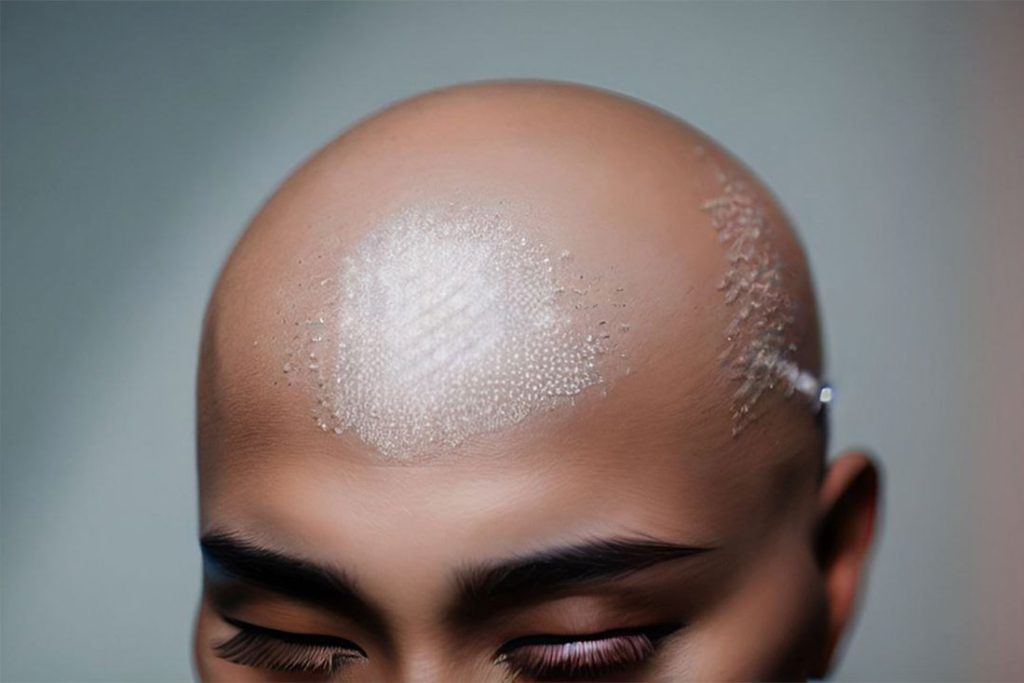Understanding and Managing Tinea Infections: An Essential Guide for Cosmetologists
Tinea, commonly known as ringworm, is a fungal infection that presents a unique challenge in the field of cosmetology. The contagious nature of these infections necessitates stringent hygiene protocols to safeguard both the cosmetologist and clients. This article aims to provide an exhaustive guide on recognizing, managing, and preventing tinea infections within the cosmetological setting.

What is Tinea?
Tinea is a fungal infection caused by a dermatophyte fungus, not a parasitic worm as the name “ringworm” might imply. Symptoms usually include itching, scaling, and sometimes painful, circular lesions. The types of tinea are generally named according to the body part they affect.
Key Transmission Vectors
- Infected skin and hair
- Unclean bathtubs
- Swimming pools
- Personal articles like combs or towels
Common Types of Tinea in Cosmetology
Tinea Capitis
- Characteristics: Also known as ringworm of the scalp, this infection is characterized by red spots at the openings of hair follicles. Hair in the affected areas becomes brittle and breaks off.
- Management: Tinea capitis requires medical intervention, including antifungal medications and shampoos.

Tinea Barbae
- Characteristics: This affects the beard and mustache areas, appearing similar to tinea capitis but potentially more inflamed.
- Management: Due to its contagious nature, cosmetologists should not provide services to clients showing signs of tinea barbae. Immediate referral to a healthcare provider is advised.
Tinea Favosa (Tinea Favus or Honeycomb Ringworm)
- Characteristics: Identified by dry yellow crusts called scutula, which have a distinctive odor. Scarring is a frequent outcome, and hair will not grow back in scarred areas.
- Management: Medical intervention is required, as over-the-counter remedies are generally ineffective.

Guidelines for Cosmetologists
Recognizing Symptoms
- Circular lesions with clear centers
- Itching and scaling
- Hair breakage
- Inflammation and redness in facial hair areas
Prevention Measures
- Disinfection: Ensure proper cleaning and disinfection procedures. Use EPA-approved disinfectants.
- Instrument Sterilization: Sterilize all tools after each use.
- Client Consultation: Always perform a thorough consultation to identify any potential skin issues before performing any services.
- Hand Hygiene: Wash hands before and after serving each client.
- Personal Protective Equipment: Use disposable gloves when touching a client’s hair or skin.
What Not to Do
- Avoid Service: Do not perform services on clients with suspected tinea infections.
- No Self-Treatment Advice: Do not suggest over-the-counter treatments, as medical evaluation and prescription medication are often required.
- Direct Referral: Refer clients immediately to a healthcare provider for proper diagnosis and treatment.
Conclusion
While tinea infections pose a risk in any setting where personal care services are offered, awareness and stringent hygiene practices can mitigate these risks effectively. As a cosmetologist, understanding how to recognize these conditions and when to refer a client to medical professionals is essential for ethical and safe practice.
Disclaimer: This article is for informational purposes and should not be considered as medical advice. Clients with suspected tinea should consult a healthcare provider for diagnosis and treatment.
For additional information and resources, consult healthcare providers or board-certified dermatologists.






